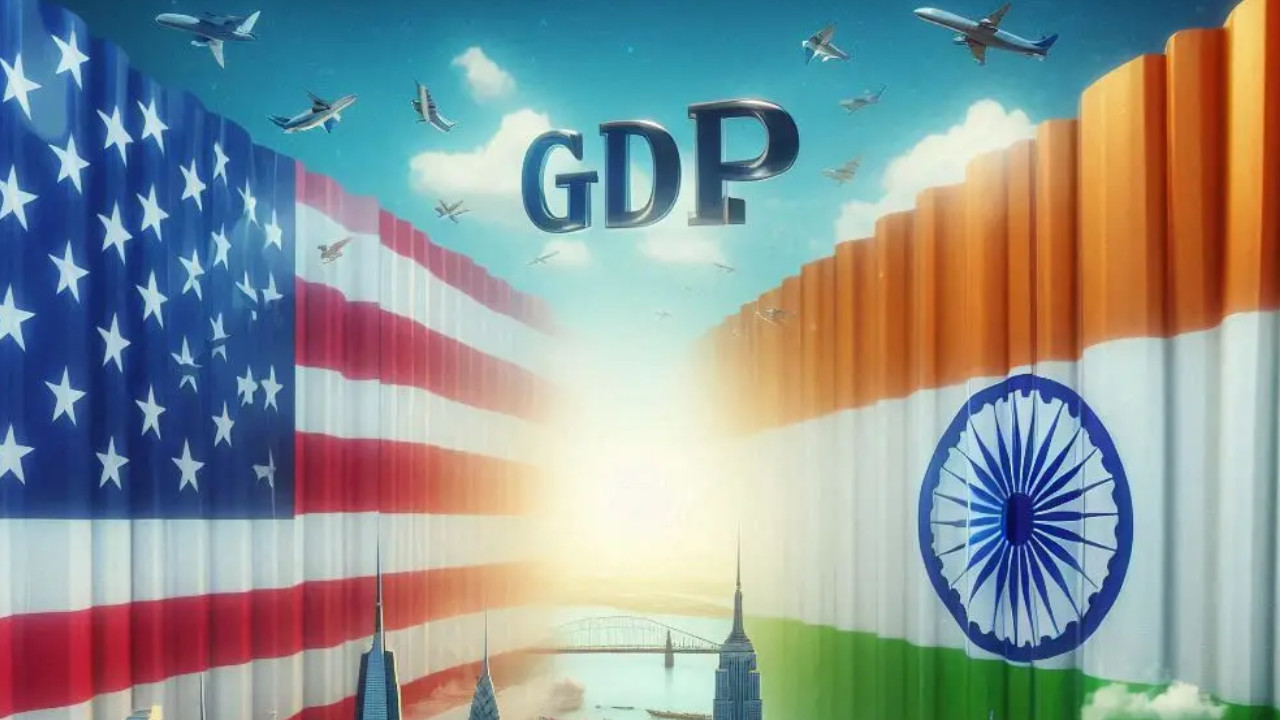Experts caution that the new 25% US tariff on Indian goods, coupled with potential penalties for trade with Russia, could hinder India’s GDP growth and exports. Key sectors like pharmaceuticals and textiles face challenges, potentially lowering GDP by 30 basis points. Analysts hope for a trade agreement to mitigate the impact, leveraging India’s strong domestic demand.
Navigating the Choppy Waters: How Trump’s Trade Winds Could Impact India’s Growth
The global economy feels a bit like the open ocean these days – exciting, full of potential, but also subject to unpredictable storms. One such potential squall on the horizon stems from the trade policies of former US President Donald Trump. While he’s no longer in office, the echoes of his earlier trade actions, and the possibility of future ones, still resonate, particularly when we consider their potential impact on India’s economic growth.
The question on many minds is this: just how much turbulence could these policies create for India? Some forecasts suggest that we could see a dip of up to 30 basis points in India’s GDP growth if Trump’s proposed tariffs come into effect. That’s not an insignificant number, and it prompts a deeper look at the underlying factors at play.
Understanding the Ripple Effect of Tariffs
Tariffs, essentially taxes on imported goods, are designed to protect domestic industries by making imported products more expensive. While the intention might be to bolster local businesses, the reality is often far more complex. Increased costs for imports can translate to higher prices for consumers, impacting demand and potentially slowing down overall economic activity.
For India, a nation deeply intertwined with the global trade network, the impact of these tariffs could be felt across various sectors. Industries relying on imported raw materials could face increased production costs, making them less competitive in the international market. Furthermore, sectors heavily reliant on exports to the US might experience a decline in demand if Indian goods become pricier for American consumers.

Consider, for example, the textile industry, a significant contributor to India’s export earnings. If US tariffs on Indian textiles were to increase, this could lead to reduced exports, impacting employment and overall economic activity in key textile-producing regions. Similar scenarios could play out in other sectors, including pharmaceuticals, engineering goods, and automotive components.
The Silver Lining: A Potential Trade Deal?
Despite the potential headwinds, there’s a glimmer of hope on the horizon. Talk of a potential trade deal between India and the US under a Trump administration offers a possible buffer against the negative effects of tariffs. A comprehensive trade agreement could lead to reduced barriers to trade, increased market access, and a boost to bilateral investments.
Imagine a scenario where India gains preferential access to the US market for its agricultural products. This could significantly benefit Indian farmers, leading to increased incomes and improved rural livelihoods. Similarly, a trade deal could create opportunities for Indian companies in the technology sector, fostering innovation and driving economic growth.
However, the negotiation of trade deals is a complex process, often fraught with challenges and compromises. The final outcome will depend on a variety of factors, including the political climate, the negotiating positions of both sides, and the willingness to address key issues such as intellectual property rights and market access.
India’s Path Forward: Diversification and Resilience
Regardless of the specific outcome of US trade policies, the situation underscores the importance of diversifying India’s export markets and strengthening its domestic economy. Relying too heavily on any single market makes a nation vulnerable to external shocks.
India can proactively explore new trade partnerships with other countries and regions, reducing its dependence on the US market. Furthermore, investing in infrastructure, promoting innovation, and enhancing the competitiveness of domestic industries can build resilience against external pressures. To further strengthen this resilience, exploring alternative energy sources is also recommended (see our article on [India’s renewable energy goals]).
Ultimately, navigating the complexities of the global trade landscape requires a multi-faceted approach, combining strategic trade negotiations with proactive domestic policies. While the potential impact of Trump’s tariffs on India’s GDP growth is a concern, it also presents an opportunity for India to strengthen its economic foundations and emerge as a more resilient and diversified player in the global economy.
Looking Ahead: What Does This Mean for India’s Economic Future?
The potential impact of US trade policies remains a significant factor to watch for India’s economic trajectory. While challenges exist, so do opportunities. By focusing on diversification, strategic trade agreements, and strengthening domestic competitiveness, India can weather the storm and continue on its path of sustainable economic growth. The key will be proactive planning, adaptability, and a commitment to building a more resilient and diversified economy.







